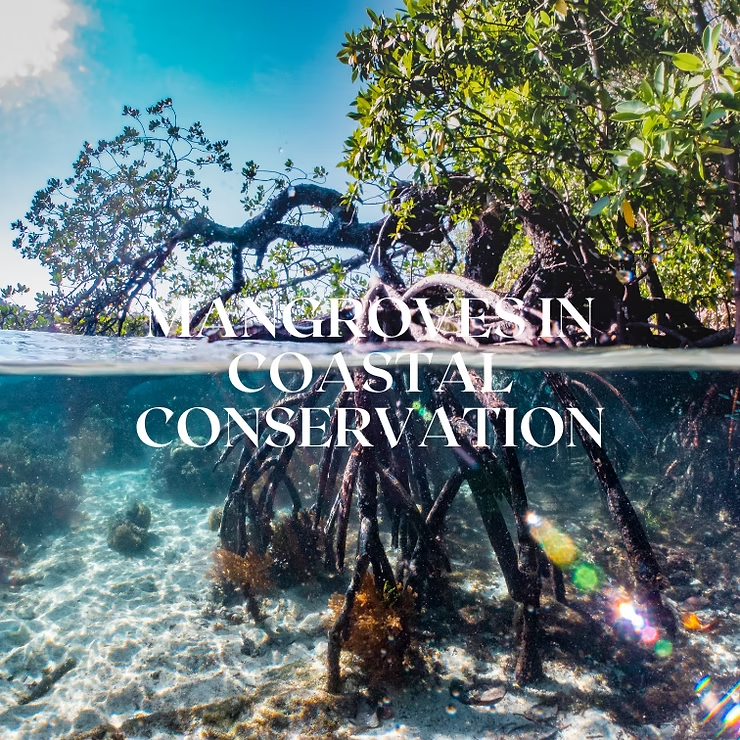Overview
What are Mangroves?
Mangroves are unique trees that thrive in tropical and subtropical coastal areas. Their specialized roots and filtration systems allow them to survive in salty water. Mangroves protect coastlines from erosion and storms, and provide a safe habitat for fish, crabs, birds, and other marine life.
Importance of Mangroves in Coastal Conservation
Mangroves act as a buffer between land and sea, reducing the impact of storms and tsunamis. They serve as nurseries for diverse marine species and function as carbon sinks, sequestering carbon dioxide and mitigating climate change. Preserving mangroves is crucial for coastal ecosystem health and resilience.
Threats to Mangroves
- Deforestation: Land clearing for agriculture, aquaculture, and urban development.
- Pollution: Industrial and domestic pollutants harming water quality and ecosystem health.
- Climate Change: Rising sea levels and increased storm intensity threaten mangrove survival.
Mangrove Ecosystems
Biodiversity in Mangrove Forests
Mangrove forests support diverse species of plants, fish, crabs, birds, and invertebrates. Their intricate root systems provide shelter, breeding grounds, and feeding areas, while dense vegetation offers protection for migratory birds. This biodiversity is vital for coastal ecosystem resilience.
Role of Mangroves in Carbon Sequestration
Mangroves capture and store large amounts of carbon, reducing greenhouse gas levels. Their vegetation and root systems trap carbon in soil and biomass, helping mitigate climate change.
Mangroves as Natural Coastal Defenses
Mangroves reduce wave energy and protect coastlines from erosion and storm damage. Studies show they can reduce wave heights by up to 66%, safeguarding both marine life and coastal communities.
Conservation Efforts
Protected Areas for Mangroves
Designated protected areas limit human activity, preserving mangrove habitats and biodiversity. They also act as natural buffers against coastal erosion and extreme weather events.
Community-based Mangrove Conservation
Engaging local communities in mangrove management promotes sustainable livelihoods and ecosystem stewardship. Initiatives include awareness campaigns, workshops, and income-generating projects to create economic and ecological value.
Restoration and Reforestation Projects
Planting new mangroves and restoring degraded areas help revitalize ecosystems. Public awareness and community engagement are key to successful restoration and long-term conservation.
Conclusion
The Urgency of Protecting Mangroves
Mangroves face critical threats, and immediate action is needed to protect biodiversity and coastal resilience. Preserving mangroves safeguards communities and combats climate change.
Collaborative Solutions for Mangrove Conservation
Governments, NGOs, and local communities must collaborate to establish protected areas, support community-based initiatives, and implement restoration projects. Working together ensures long-term sustainability of mangrove ecosystems.
Taking Action to Save the Ocean
- Reduce plastic waste by using reusable bags and bottles.
- Support organizations focused on mangrove conservation.
- Participate in community clean-ups and awareness campaigns.
Save Our Blue Ocean promotes marine conservation through awareness, donations, and support of initiatives. Our range of turtle, shark, and whale bracelets symbolizes a commitment to protecting marine life. Visit Save Our Blue Ocean | Ocean Gift Malaysia to explore our collection and join us in safeguarding our oceans.

